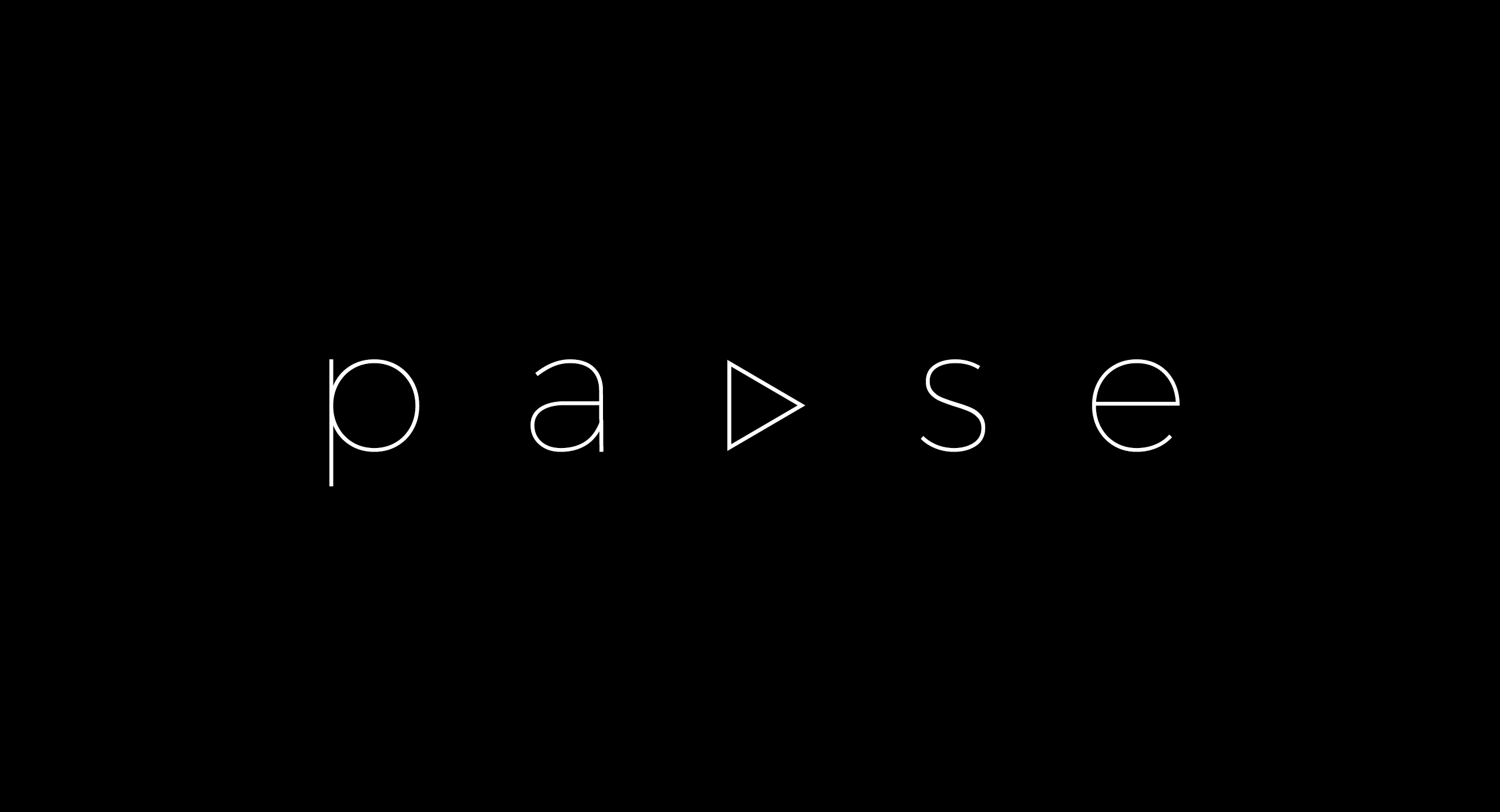Blog
- A Comprehensive Analysis of Their Correlation
Psychological and Information Warfare: A Comprehensive Analysis of Their Correlation
Psychological warfare and information warfare are deeply intertwined fields that have become central to modern conflict.
Understanding the Concepts
Psychological Warfare (PSYWAR)
Psychological warfare, also known as psychological operations (PSYOP), involves using communication and other means to influence the emotions, motives, reasoning, and behavior of foreign audiences.
Strategic: Large-scale communications directed at a broad audience, like an entire nation.
Tactical: Direct communications connected to combat operations, such as a demand for surrender.
Consolidation: Messages distributed to a population after a conflict to establish a new government and protect lines of communication.
Information Warfare (IW)
Information warfare is a broader, more comprehensive concept that focuses on controlling and manipulating information in a conflict.
Cyber Warfare: Using technology to disrupt or attack an enemy's computer networks and infrastructure.
Electronic Warfare: Using electromagnetic energy to control or attack the electromagnetic spectrum.
Military Deception: Misleading adversaries about one's capabilities and intentions.
Psychological Operations (PSYOP): Influencing the behavior and emotions of a target audience.
The Correlation: PSYWAR as a Pillar of IW
The relationship between psychological warfare and information warfare is not one of equals, but rather of a specialized tool within a larger toolbox. Psychological warfare is a core component of information warfare.
How They Work Together:
Shared Objective: Both PSYWAR and IW aim to gain an advantage by influencing an adversary's decision-making process.
The concept of the OODA Loop (Observe, Orient, Decide, Act) is often used to illustrate this synergy. A successful IW campaign can increase the size of an opponent's OODA loop—slowing down their ability to react—while reducing the size of one's own. Psychological operations are a direct way to achieve this by influencing the "Orient" and "Decide" phases of the enemy's decision cycle. Synergistic Capabilities: PSYWAR tactics are often delivered through the capabilities of information warfare. For example, a psychological operation to demoralize enemy troops might use cyber warfare to disrupt their communication systems or electronic warfare to jam their radio broadcasts.
A propaganda campaign targeting a civilian population might be spread through social media and other digital channels, which are a part of the IW domain. The rise of social media and the internet has dramatically increased the scale, speed, and reach of psychological operations, making them more sophisticated and widespread. Modern Military Doctrine: In modern military doctrine, the lines between these fields have blurred even further.
U.S. military doctrine, for instance, has evolved from a focus on "information operations" to a broader understanding of "information forces," which includes psychological operations, cyberspace forces, and electronic warfare. This shift in perspective recognizes that influencing an adversary's perceptions and behavior is a key part of winning a conflict. The change in terminology from "psychological operations" to "military information support operations" (MISO) also reflects an effort to reframe these activities as a legitimate part of the information domain. Beyond the Battlefield: The correlation between PSYWAR and IW extends beyond traditional military conflicts. Nations now use these tactics to influence foreign elections, sow political discord, and gain economic advantages. This "gray zone" of conflict often involves misinformation, disinformation, and propaganda campaigns delivered through digital platforms, where the psychological impact is the intended effect.
In conclusion, psychological warfare is the art of influencing minds, while information warfare is the orchestrated effort to control the information environment. The former is a critical, human-centric component of the latter.




No Comments
Signup or login to leave a comment